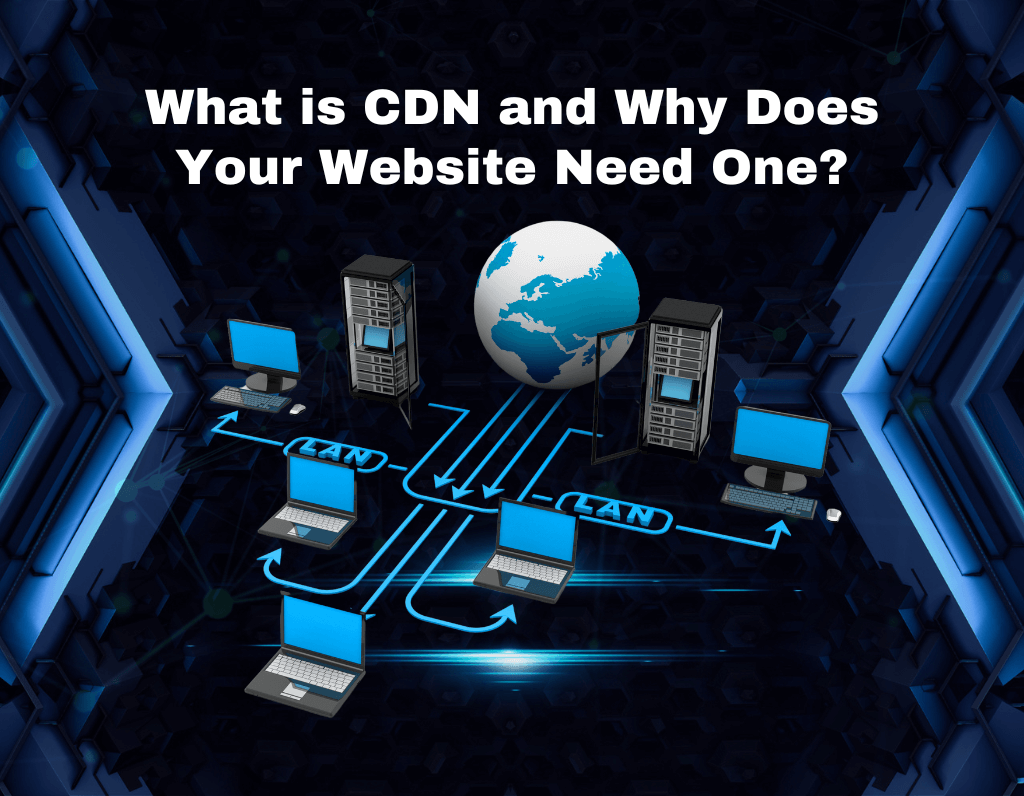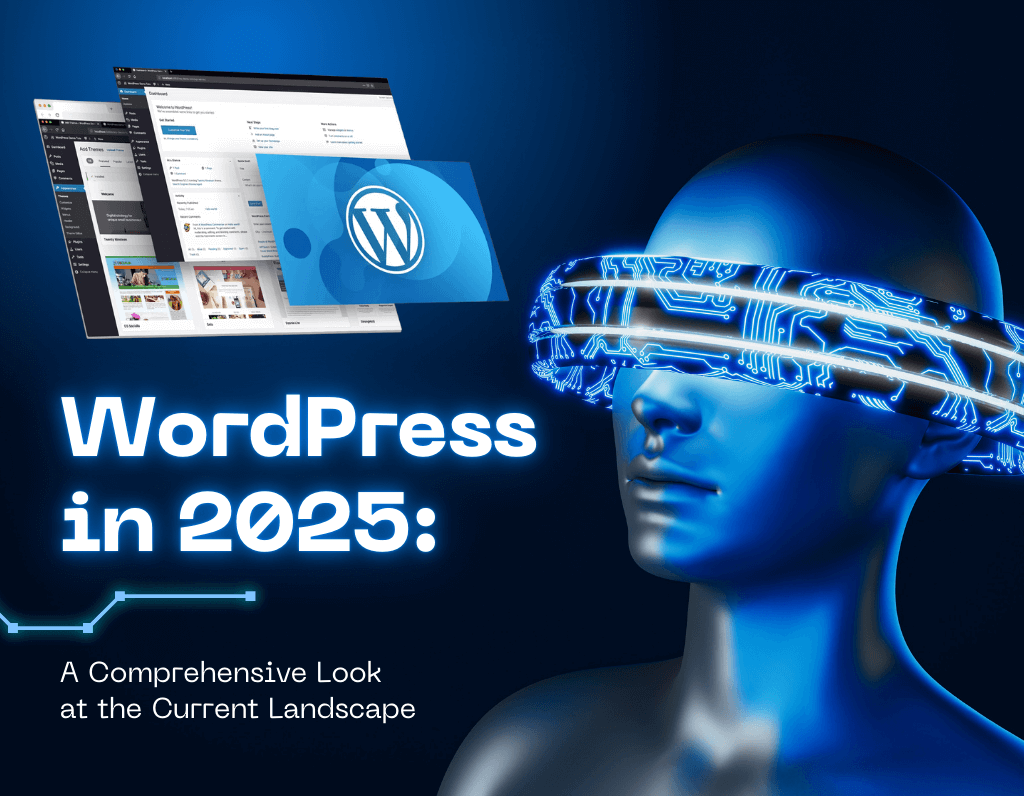Creating a successful blog includes multiple steps, such as researching the target audience, setting objectives for your blog, adding the blog section to your website, choosing the voice of your blog, and so on.
There is a lot of work in creating and implementing a content marketing strategy, let alone a social media strategy. Moreover, besides creating an interesting blog, it’s vital that you plan its launch carefully and also think about how you’ll promote it in the long term.
If you want your audience to read your blog posts (and take action as a result of being on your blog), you will have to market your blog in a visible place. And that place where your audience spends a good part of their day is represented by social networks.
At first sight, promoting your blog on social media seems very easy – you just share your posts on Facebook, LinkedIn &co. and you wait for traffic to increase on your blog. On closer inspection, things are no longer that simple. You will find yourself in situations when a post you’ve put a lot of hard work into ends up forgotten on your website and attracts just a few visitors.
In the end, promoting your small business blog is a matter of obtaining the best return on investment for your content. This is why we have created a short guide helping you to bring your blog forward on social networks and attract more customers as a result.
Identify your target reader
No marketer wants their message to fall on deaf ears.
In order to create effective content, you need to know very well who your ideal customer is. You should find out what their interests and habits are, what social networks they are using, and what their worries and frustrations are in relation with what you’re trying to sell to them.
Knowing who your readers are leads us to the next step, and that is choosing the social networks where you will speak to them.
Choose the social networks where you will promote your blog
Firstly, you don’t need to promote your content and business on every social network out there. It is not effective and it dilutes your brand message.
From our digital marketing experience, the social media sites that attract blog traffic the most are Facebook, Twitter, Pinterest, and LinkedIn. This doesn’t mean that other networks, such as Instagram, TikTok, Snapchat, and others are not recommended. Depending on your business and its audience, you can create your own strategy and fine tune it as you determine that certain networks provide more traffic than others.
Create an editorial calendar
The editorial process for a business can be quite complex and includes setting up content marketing objectives, developing a strategy, and planning content ideas ahead of time.
Planning content and its promotion saves you time and enables you to get better results from your blog content. Other benefits of having an editorial calendar include:
- Easily identifying gaps in your content, so you achieve a good balance between videos, visual content, infographics, articles, and presentations;
- Keeping track of events that can generate content, such as industry events and conferences;
- Gathering inspiration;
- Managing your editorial team;
- Improving scheduling;
- Streamlining your editorial workflow.
Set up automate content sharing
Just shaving off some extra few minutes of repetitive work each day allows you to work smarter and have more time for your business and for yourself. While social media is about engagement first, there are areas where automation can save you time and effort.
First, understand when to automate and when to engage.
For instance, personal content and troubleshooting should not be automated, as people want to feel like they are talking to a human, and not to a robot or an impersonal organisation. But when it comes to sharing blog content on your social media account, an automation tool such as Buffer or Hootsuite is vital.
Repost your blog content
Does having a blog mean you need to become a prolific writer in order to keep up with audience demands?
Not at all.
The secret lies in squeezing as much juice as possible from your existing content (while creating new content, too).
A blog post is not like a book that your audience buys, reads, and then puts in on a shelf. A social media post promoting a blog entry does not reach your entire audience, so it’s OK and actually recommended to share multiple times.
Make sure the post is still relevant or update it and change the context where you share the post (don’t just copy/paste older posts, as audiences are smarter than we think). Take your older posts and re-share them but with a twist, thus getting the most results from every piece of content you have on your website.
Optimise content for your audience
Let’s be honest. There is a lot of noise on the Internet and you don’t want to contribute to it. Your content will bring you benefits only if it’s high-quality, entertaining, and informative.
So, how can you offer the best blog posts for your target audience? Here are some tips you can use when creating new posts, but to improve your existing content as well:
- Make your content easy to read, short and simple;
- Use short sentences and paragraphs;
- Use headings to break up content and make it easier to process;
- Use images because a picture is worth a thousand words;
- Combine different forms of media, such as text with videos or text with podcast episodes.
Make your content intriguing
Providing value to your audience is important, but lots of businesses are trying to do the same. Making your content attractive is a must, but without using deceitful methods such as click-bait.
What you can do, however, is to create content that is intriguing and useful, containing unique information that is not available anywhere else. And even if the information is present somewhere else on the Internet, you need to present in under a new light and make your following feel like they are sophisticated, savvy readers.
For instance, a title such as “5 things you need to know about digital marketing” is good, but not very catchy. What about “5 things that your digital marketing agency is not telling you”? This little change in the tone of your post title is a game changer and excites audiences.
Add social sharing buttons on your blog
You don’t have to be the only user promoting your blog posts on social media – other people can do it for you, too. But only if you make it easy for them, by adding social sharing buttons on your blog.
Be careful what buttons you add (a maximum of three is recommended). Having too many buttons confuses readers and slows down your page speed. Furthermore, when people are presented with too many options, they end up choosing none.
Use snippets
The best marketing doesn’t feel like marketing (quote attributed to Tom Fishburne, marketing cartoonist). So, if you push your blog posts at people every day you are quite far from this ideal situation, agree?
Fortunately, there is a strategy enabling you to promote your blog content without people feeling like you are promoting your blog content. And that is snippets.
Snippets are based on points or ideas included in your blog posts. The social media post will be related to your snippet, and include a link to that particular blog post using replacement text for a quick term, rather than just sharing titles and links back to your blog.
Use hashtags
Identify 5 to 10 topics in your post that can serve as hashtags. At the same time, use services such as HashtagSpace to find popular hashtags that are related to your post. Use up to 3 hashtags (the most popular and relevant) to promote your post and make it easier to find by readers.
Promote your blog posts on social networks
Basic updates on your social media profiles are good, but you can take further steps to promote your post using various social network features:
- Sharing posts with relevant groups;
- Including posts into ephemeral content;
- Messaging connections and asking them to share your posts;
- Replying to people who have posted similar content.
Be social and connect with your audience
Supposed one of your posts lights up a spark and someone replies to it – will you start a conversation online, or will you ignore it, with automated posts pouring in, like no one is there to actually read them?
The purpose of social media, after all, is to connect (people between them and people with brands). Brands should be using social media to create a relationship with customers and not to try to sell blatantly. If you neglect interaction with audiences, you are denying the very scope of your posts.
Track your social media results
Execution without evaluation is like walking in the dark. Monitoring social media performance provides you with vital pieces of information regarding the success of your campaigns. This helps you to guide future social media marketing efforts, enabling you to invest your resources wisely and with the best results.
Outsource your social media marketing
Don’t have the time, passion, or skills for content creation and social media marketing?
Outsourcing can take the load off your shoulders, while also making the process more consistent, faster, and cost-effective. There are so many people doing social media wrong, but calling to an experienced professional makes it possible to send the right messaging through your marketing.
Visual Marketing Australia offers a complete range of digital marketing services and can handle every action needed to promote your blog posts on social networks, without you dropping a sweat. Contact us today for complete online services.
VMA-hosting also offers website hosting. For more information, contact us!
The post (How to Create a Social Media Strategy for your Blog!) appeared first on Visual Marketing Australia.
Source: Source link





